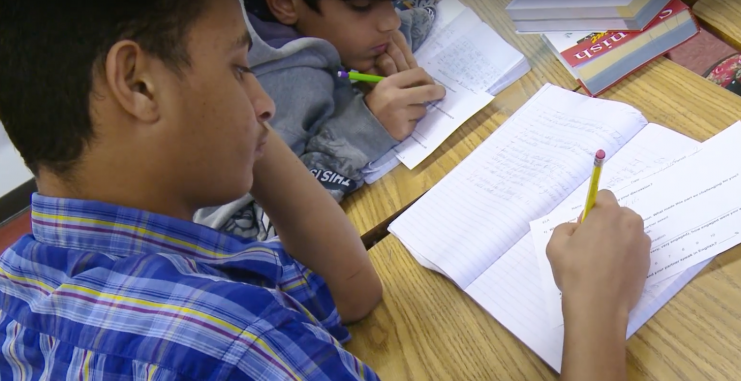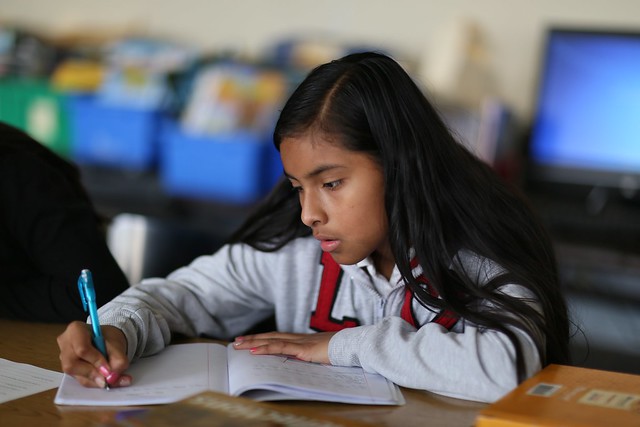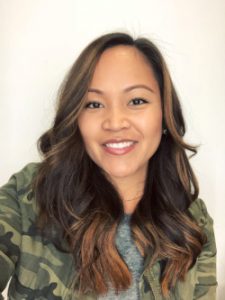
Valuing Process over Answers
My inquiry focus is centered around math partnerships during math workshop. My learning goal is that students will be able to engage in productive math partnerships where they help each other make sense of the problems by explaining their work and asking questions. For previous inquiries, I focused on reading partnerships and how students can work with a partner to build their comprehension of a book. This time, I wanted to use what I learned and apply that to math partnerships.
I chose this focus because of the high student engagement. In the beginning, I observed my students doing a great job of showing their work and solving the problem. After taking some student interviews and observing the partner work though, I found that the students were hyper-focused on getting the “right answer”– good math meant getting the right answer. This showed up in how they engaged in the partnerships. For example, students would solve a problem, share their answer with their partner and if both partners got the same answer then their partnership was done. I don’t want my students just to get the right answers, I want them to be able to explain their answers, make connections between strategies, defend their answer, and change their strategy if needed. I realized that I needed to focus on the process; how the students came to their answer.

During the same time I began this inquiry, my grade level team created a rubric for students, for showing work in math. The students absolutely loved the rubric! During math they would always reference it. It helped them make personal goals on how much work they wanted to show. It was a great motivator. Because of that success, I thought it would be great to use that tool, but create a rubric for math partnerships and sharing work. I wanted to find out from the students what a successful math partnership looked like and sounded like. So I showed a video I took of my two focal students and we brainstormed as a class what the partnership did well and what they could improve. Based on the students’ ideas, I created a math partnership rubric for sharing work.
One of the big takeaways so far has been the power of that rubric–a tool that is in kid language, visible to the students and supports students in their SEL skills such as self-awareness and responsible decision making. It provides an opportunity for students to reflect and self-evaluate their performance. They’re able to set personal goals, like striving for a 4-star math partnership and monitor their progress. I think this will help build independence and create an opportunity for students to engage in productive math partnerships where the “right answer” isn’t the ultimate goal. But rather, explaining their strategies, asking their partner questions to push their thinking and giving compliments. My hope is that eventually the rubric will be internalized and students will engage in productive math partnerships naturally without having to reference a rubric. This inquiry has made me also reflect on how I present math to the students… how can I continue to put value on “the process” or “the thinking” and not just the answer? How can I communicate to the students that I don’t want them to just “do math” but I want them to “understand math”?
 Malia Tayabas-Kim is in her fifth year of teaching at Garfield Elementary in Oakland. She is a proud Oakland native and a product of the Oakland Unified School District. Coming from a family of educators and drawing on her love of teaching, Malia is devoted to giving back to her community. Upon receiving her teaching credential and Master’s degree in Education from UC Berkeley, Malia knew that she wanted to teach in Oakland where she could be a positive role model to her students, and inspire them to be kind, caring, and independent learners. When she is not in the classroom, Malia enjoys playing softball and spending time and relaxing with her diverse community of friends.
Malia Tayabas-Kim is in her fifth year of teaching at Garfield Elementary in Oakland. She is a proud Oakland native and a product of the Oakland Unified School District. Coming from a family of educators and drawing on her love of teaching, Malia is devoted to giving back to her community. Upon receiving her teaching credential and Master’s degree in Education from UC Berkeley, Malia knew that she wanted to teach in Oakland where she could be a positive role model to her students, and inspire them to be kind, caring, and independent learners. When she is not in the classroom, Malia enjoys playing softball and spending time and relaxing with her diverse community of friends.
